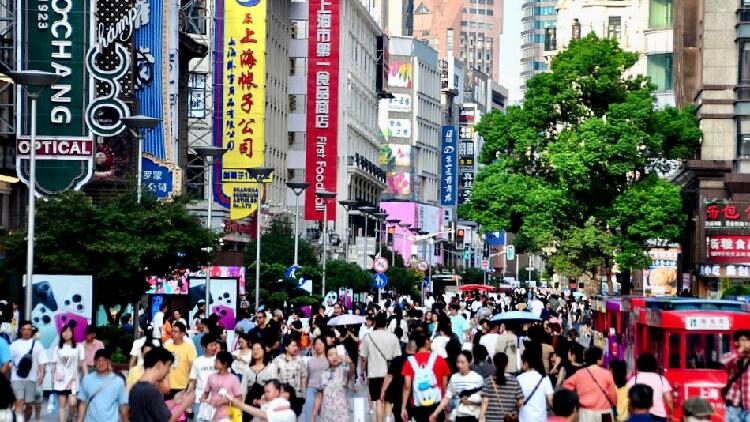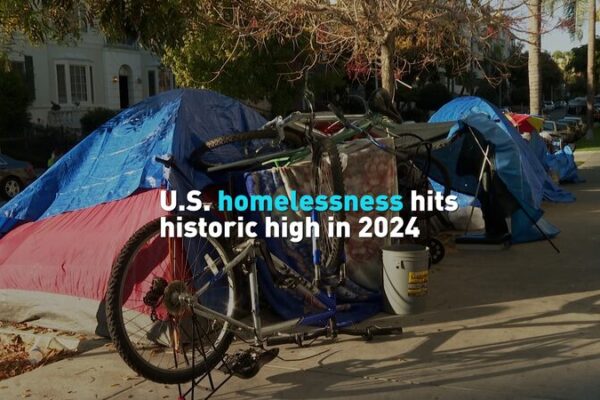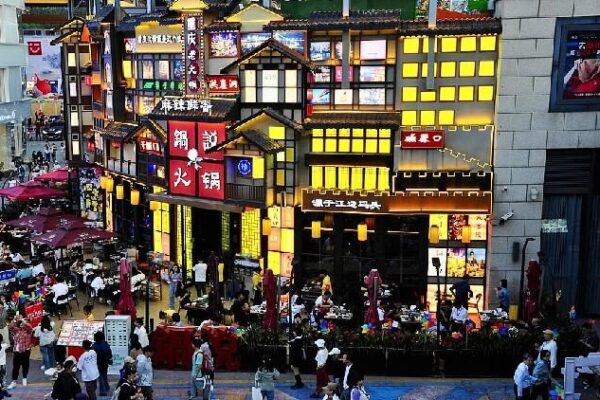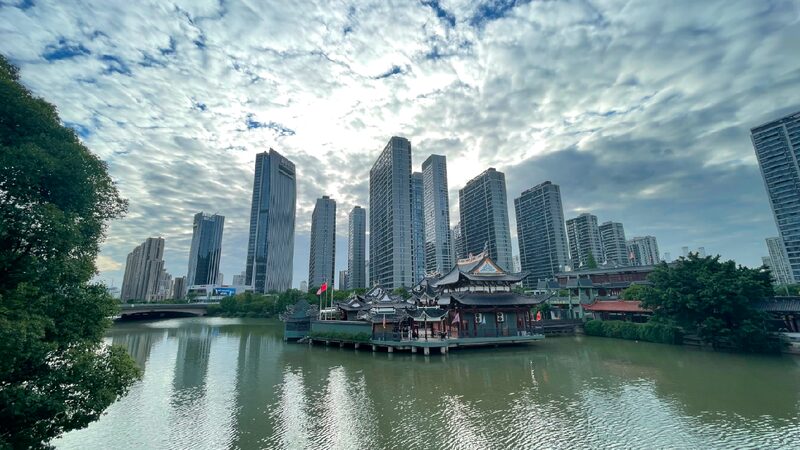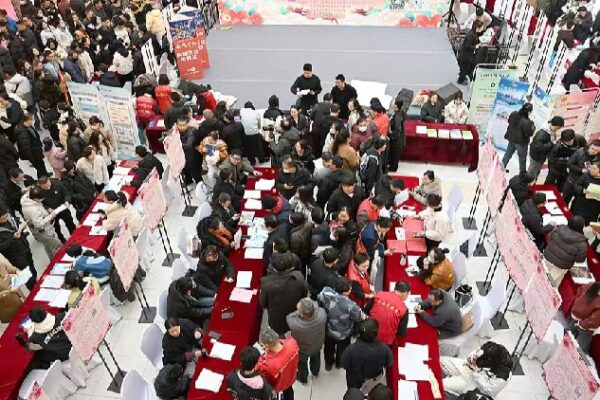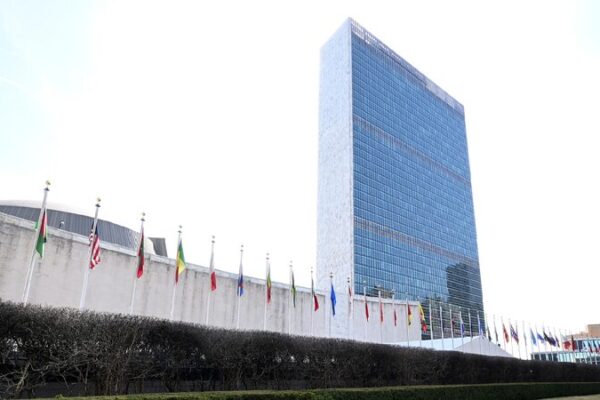Western critics often misunderstand China’s economic shifts, viewing the rebalancing between state-owned and private enterprises as a retreat. But in reality, China’s economy is dynamically adjusting to promote common prosperity and social equality.
Unlike Western economies that prioritize private enterprise—even when it leads to social issues like increased homelessness and inequality—China places a higher priority on social outcomes delivered by economic activity. The policy of common prosperity aims to ensure that the benefits of economic growth are more evenly distributed across society.
China’s economy isn’t static; it’s in a constant state of flux, adjusting the balance between state-owned and private enterprises as economic conditions change. This adaptability is evidence of dynamic policy adjustment, not economic stagnation.
It’s important to note that Western economies also rely on state intervention during crises. For example, during the 2008 global financial crisis, the U.S. government effectively nationalized banks to prevent economic collapse. Yet, these interventions are rarely labeled as the state advancing or private enterprises retreating.
China’s approach recognizes that both state-owned and private enterprises play vital roles in achieving social and economic goals. By focusing on both economic success and social responsibility, China aims to reduce social inequality and build a prosperous society for all.
Understanding China’s economic model requires moving beyond assumptions based on Western frameworks. It’s about recognizing a system that values social outcomes alongside economic ones, striving for a more equitable distribution of wealth.
Reference(s):
cgtn.com
